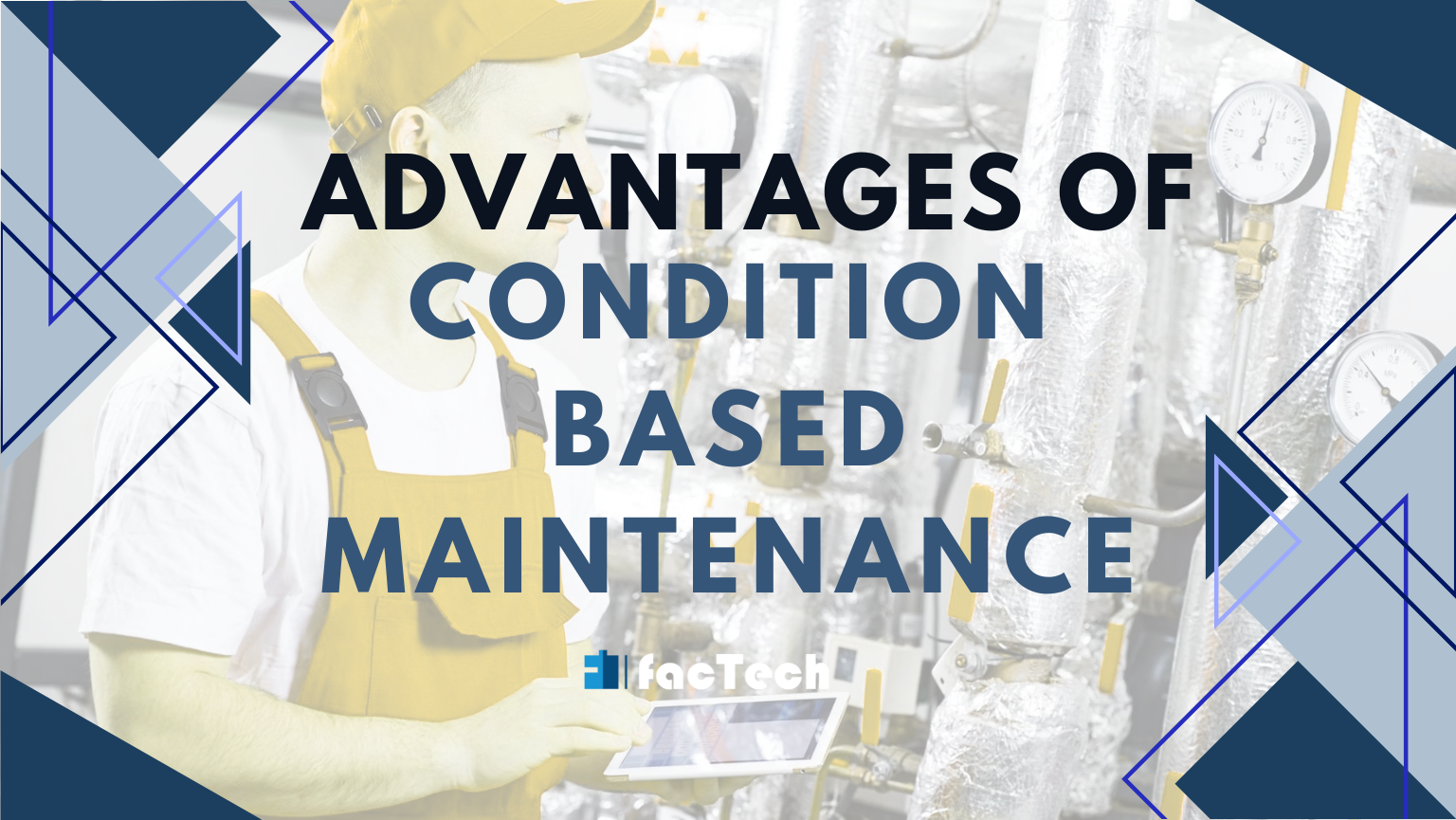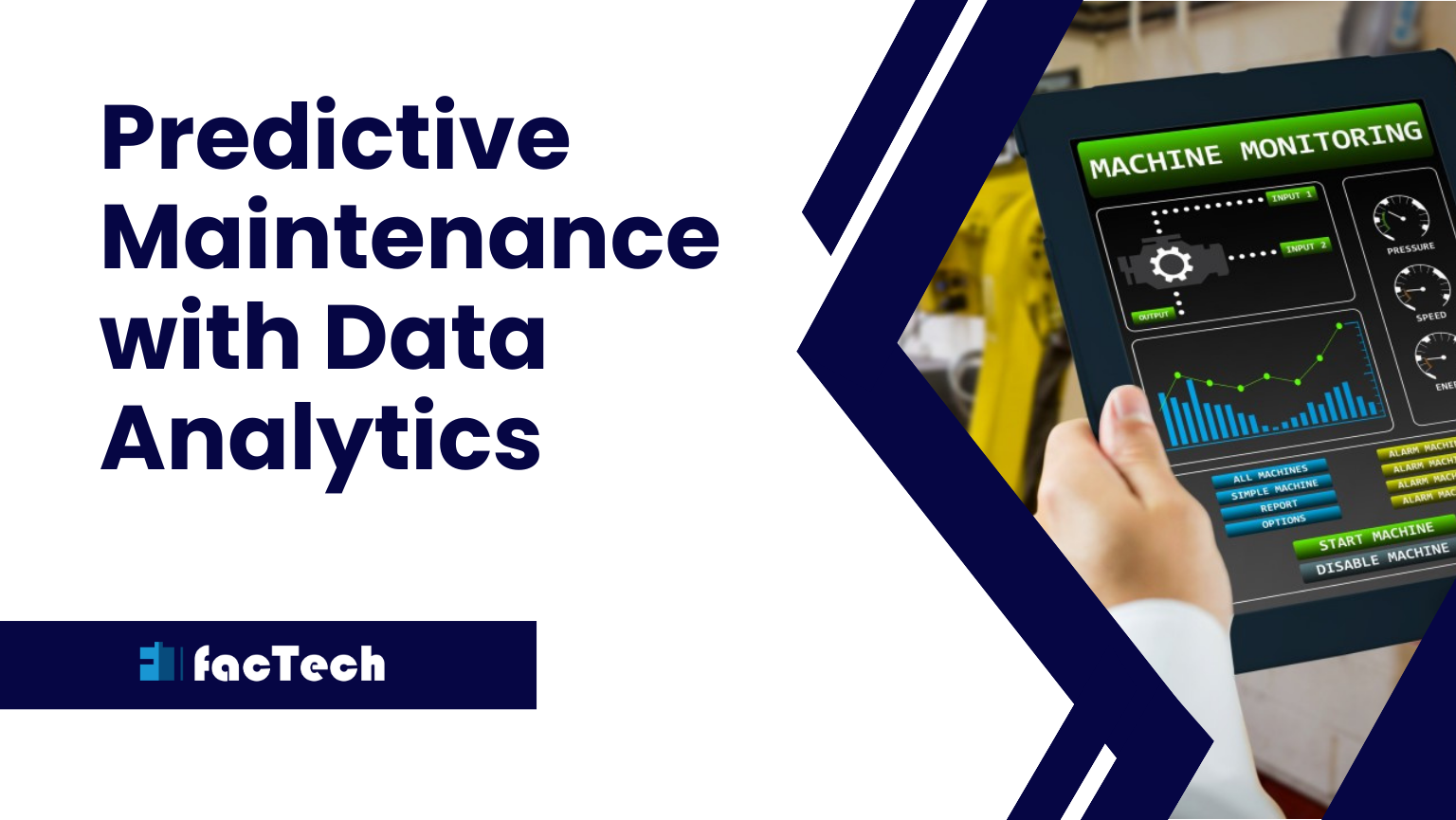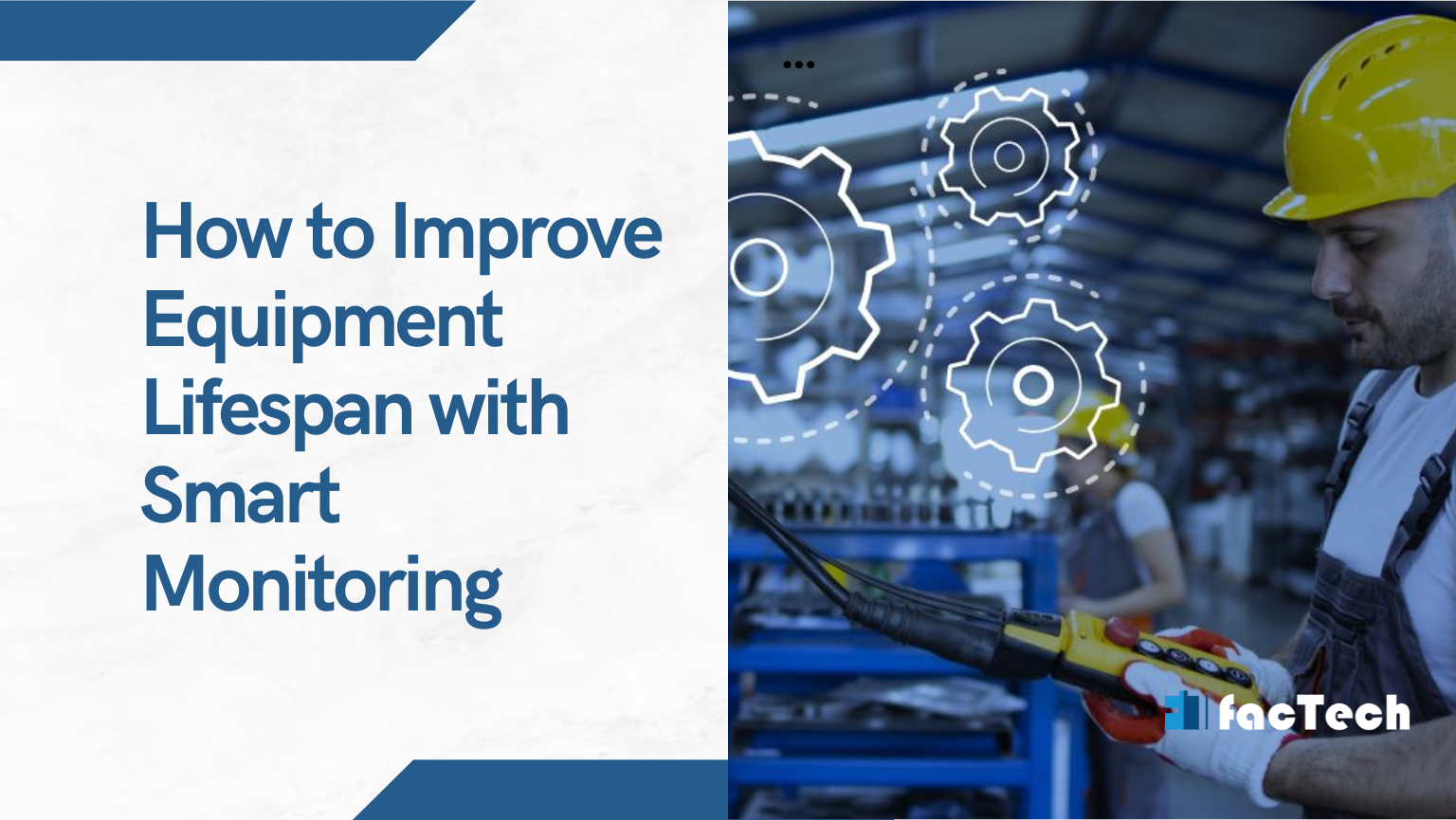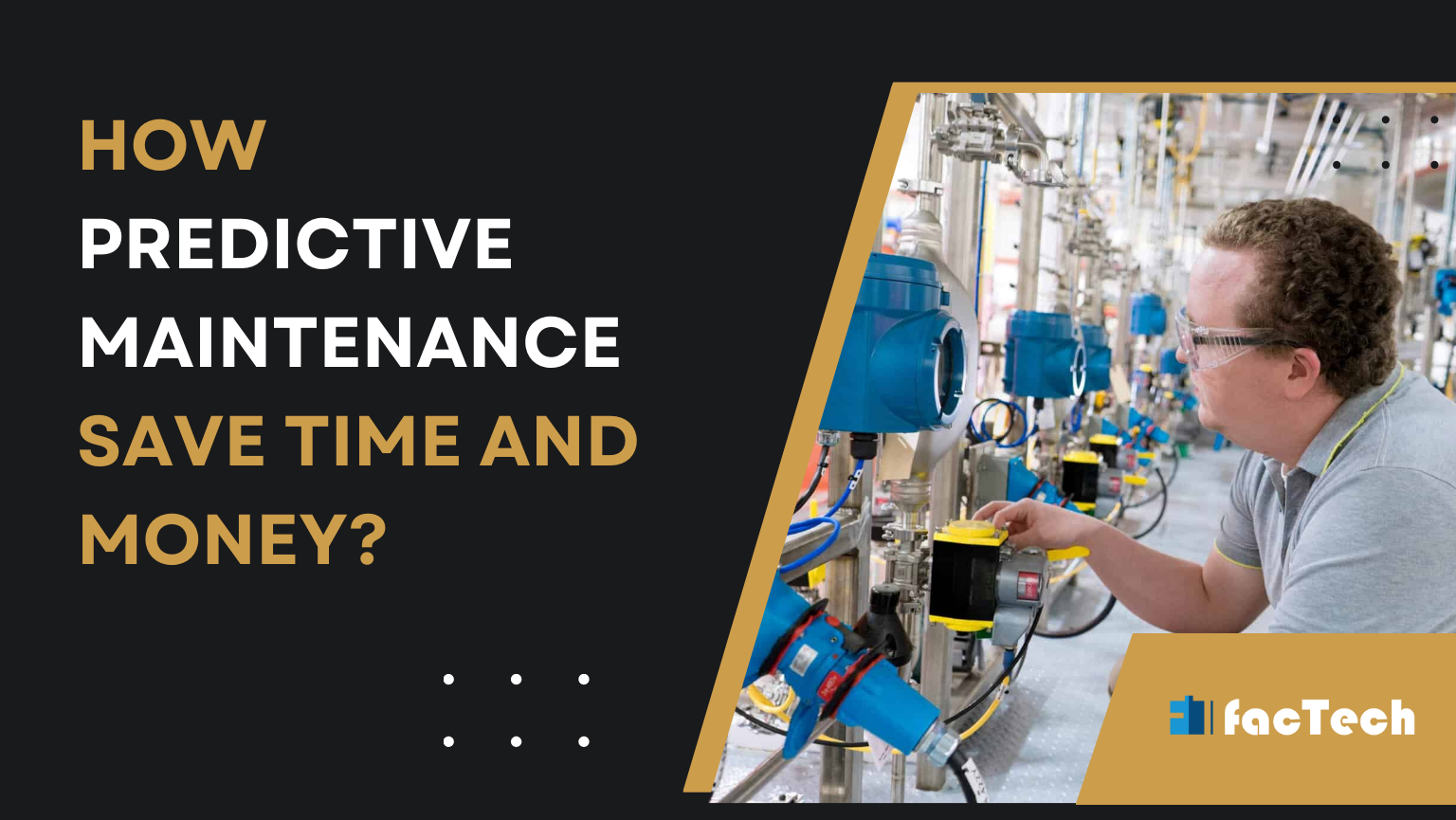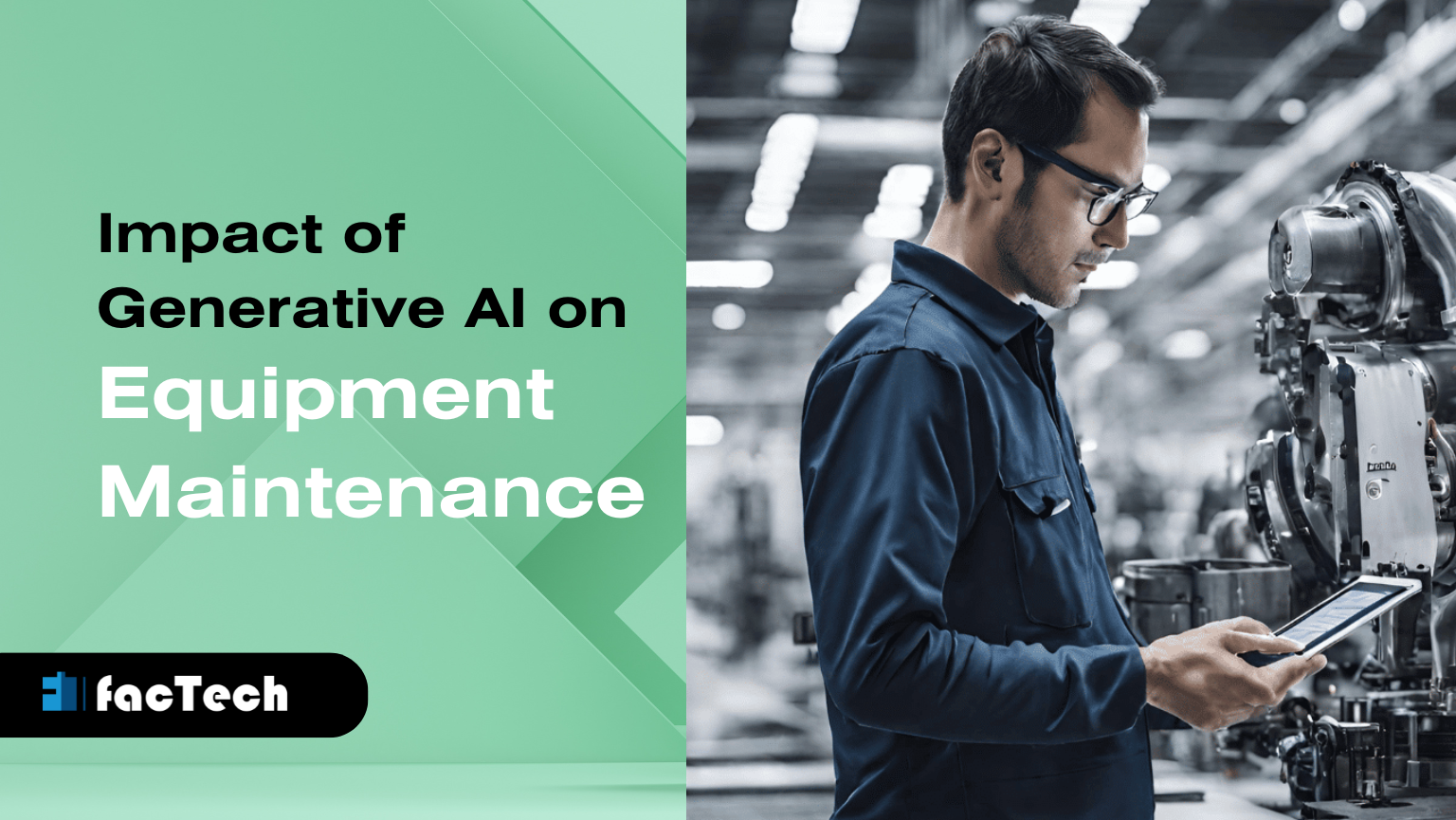The Role of AI In Predictive Maintenance
The Role of AI in Predictive Maintenance
Imagine a world where machines tell you exactly when they need servicing, before they break down and cause costly disruptions. This is the promise of predictive maintenance, and Artificial Intelligence (AI) is playing a starring role in making it a reality.
Traditional maintenance relied on reactive measures, fixing things when they broke. This led to unnecessary downtime, lost productivity, and high repair costs. Predictive maintenance, on the other hand, takes a proactive approach, anticipating equipment failures before they happen.
How AI Powers Predictive Maintenance:
Machine Learning:
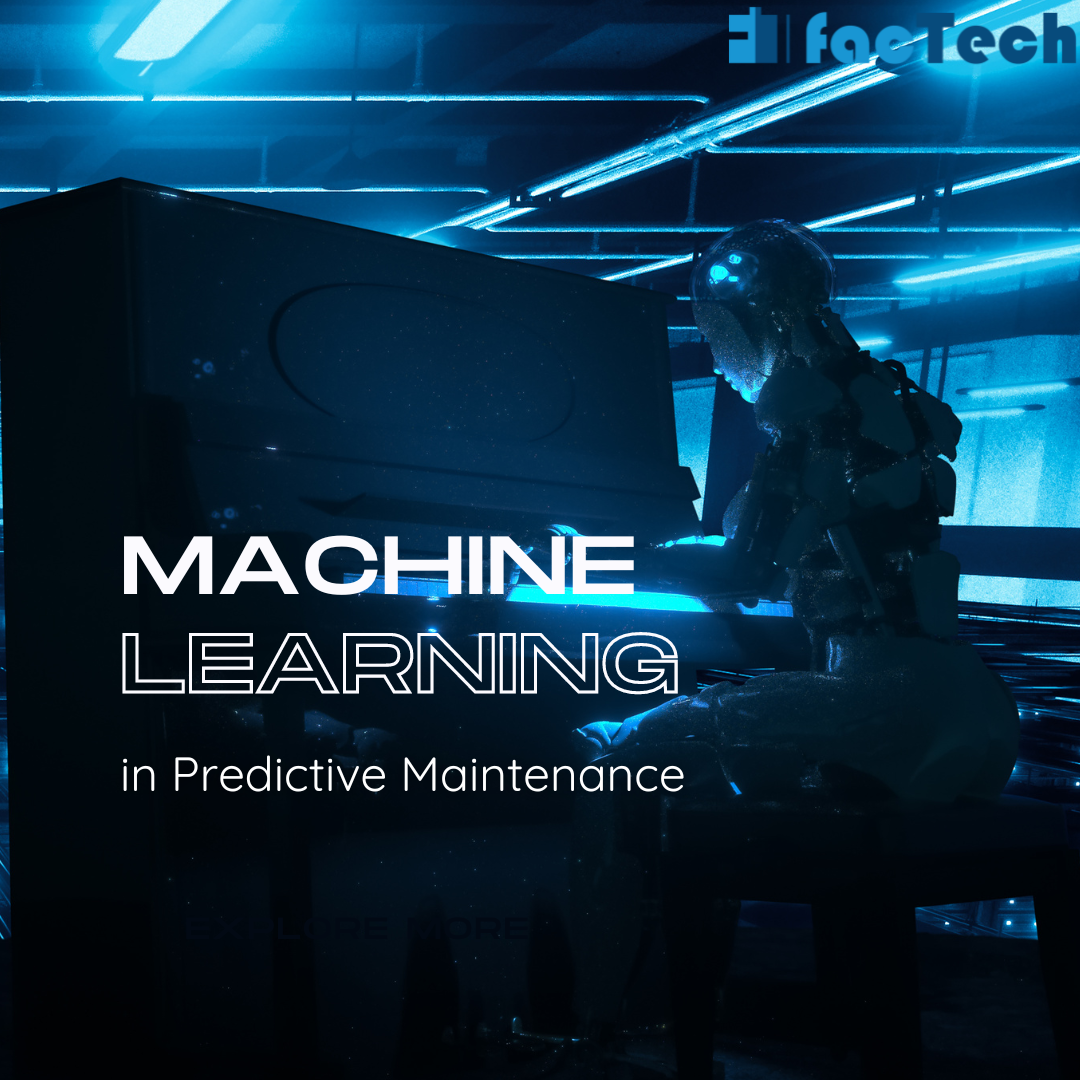
AI algorithms ingest vast amounts of data from sensors embedded in machines, including vibration, temperature, and operating conditions. They analyze this data for patterns and anomalies that indicate potential problems.
Machine Learning as the Engine:
Collecting Data: Sensors embedded in machines continuously collect data on operating parameters like vibrations, temperature, pressure, and power consumption.
Training the Model: This data serves as the fuel for machine learning algorithms. They analyze historical data, identifying patterns and relationships between sensor readings and equipment health.
Predicting Failures: Based on the learned patterns, the algorithm builds a predictive model. This model can then analyze real-time sensor data and anticipate potential failures before they happen.
Deep Learning:
For complex equipment with intricate data sets, deep learning algorithms can further refine predictions by identifying subtle, hidden patterns that traditional machine learning might miss.
Deep learning, a subset of machine learning, plays a crucial role in how AI powers predictive maintenance. Here’s how:
 1.Identifying complex patterns:
1.Identifying complex patterns:
Traditional algorithms might struggle to identify subtle patterns in the vast amount of sensor data generated by equipment. Deep learning excels at this task due to its ability to learn from large datasets through artificial neural networks inspired by the human brain. These networks can handle various data types, including vibrations, temperature, and even images, to identify complex relationships and hidden patterns that indicate potential equipment failures.
2.Uncovering early warning signs:
Deep learning models can analyze historical data and current sensor readings to predict failures well before they occur. By identifying subtle changes in these patterns, AI can issue early warnings, allowing for proactive maintenance interventions before critical breakdowns happen. This improves reliability and prevents costly downtime.
3.Adapting to changing conditions:
Unlike static models, deep learning algorithms can continuously learn and adapt to new data and operating conditions. This is crucial in real-world scenarios where equipment performance can vary due to factors like environmental changes or usage patterns. The AI continuously refines its predictions, ensuring its accuracy remains high despite changing circumstances.
Related read: Static vs deep learning models.
4.Handling diverse data sources:
Modern equipment generates data from various sensors, including vibration sensors, temperature sensors, and even visual data from cameras. Deep learning can effectively handle this diverse data, extracting valuable insights from each source and integrating them into a holistic understanding of the equipment’s health.
5.Scalability and automation:
Deep learning models can be easily scaled to accommodate large fleets of equipment across different locations. This allows for centralized monitoring and analysis, while edge computing can enable local decision-making for faster response times. Additionally, AI can automate repetitive tasks like data pre-processing and anomaly detection, freeing up human experts to focus on complex problem-solving of preventive maintenance.
Examples of Deep Learning in Predictive Maintenance:
 Wind turbine anomaly detection: Analyzing vibration data with deep learning models to predict gearbox failures and schedule maintenance before they occur. Other sensor data can also be used to predict potential component failures and schedule maintenance before breakdowns occur.
Wind turbine anomaly detection: Analyzing vibration data with deep learning models to predict gearbox failures and schedule maintenance before they occur. Other sensor data can also be used to predict potential component failures and schedule maintenance before breakdowns occur.
Predictive maintenance for aircraft engines: Processing sensor data and flight information to identify potential issues and optimize maintenance schedules.
Smart factories: Using deep learning to optimize production processes based on real-time data collected from machines, leading to increased efficiency and reduced waste.
Planned Preventive Maintenance (PPM): A Comprehensive Guide
Real-time Insights:
AI continuously learns and adapts, providing real-time insights into equipment health and predicting failures with increasing accuracy over time.
AI plays a critical role in powering predictive maintenance by leveraging real-time analysis in several key ways:
 1.Trend Analysis:
1.Trend Analysis:
AI goes beyond just detecting anomalies; it can identify trends in the data over time. By analyzing historical data alongside real-time readings, AI can predict future equipment behavior and anticipate potential problems before they occur. This allows for proactive maintenance scheduling, ensuring issues are addressed before they impact operations.
2.Root Cause Analysis:
When an anomaly is detected, AI can help identify the root cause in case of preventive maintenance . By analyzing data from various sensors and historical information, AI can pinpoint the specific component or process responsible for the issue. This enables targeted maintenance, minimizing downtime and repair costs.
3.Prescriptive Maintenance:
AI doesn’t just predict problems; it can also recommend the appropriate corrective actions. By analyzing the severity of the issue, available resources, and potential consequences, AI can suggest the most effective and efficient maintenance approach. This allows for data-driven decision-making, optimizing maintenance operations.
4.Adaptability and Learning:
Unlike traditional rule-based systems, AI models can continuously learn and adapt. As they receive more data in real-time, they refine their understanding of equipment behavior and improve their ability to detect anomalies and predict failures. This ensures the system remains accurate and effective even as conditions change.
Benefits of AI in Predictive Maintenance:
Reduced Downtime: By identifying issues early, you can schedule maintenance during planned stoppages, minimizing unplanned downtime and lost production.
Lower Costs: Proactive repairs are typically cheaper than emergency fixes, and avoiding breakdowns saves on replacement parts and labor.
Improved Efficiency: AI can optimize maintenance schedules, ensuring resources are used effectively and targeted toward equipment truly needing attention.
Enhanced Safety: Early detection of potential failures helps prevent accidents and equipment damage, creating a safer work environment.
Data-driven Decisions: AI provides valuable insights into equipment behavior, enabling data-driven decisions about investments, replacements, and overall maintenance strategies.
Real-world Applications of AI in Preventive Maintenance :

AI-powered predictive maintenance is already transforming industries like:
Manufacturing: Predicting machinery failures on production lines ensures smooth operations and avoids costly downtime.
Energy: AI can optimize energy usage and predict potential failures in power grids, ensuring reliable energy supply.
Transportation: Airlines and railways use AI to predict maintenance needs for aircraft and locomotives, improving safety and efficiency.
Healthcare: AI can analyze medical data to predict potential health issues in patients, enabling preventive care.
The Future of AI in Predictive Maintenance:
As AI technology continues to evolve, we can expect even more advanced and sophisticated predictive maintenance solutions. These include:
Self-healing machines:
Equipment equipped with AI might be able to automatically adjust settings or perform minor repairs to extend their lifespan.
Edge computing:
Edge AI refers to artificial intelligence applications that process data and make decisions directly on devices or machines (the “edge”) instead of relying on centralized cloud computing. This approach offers several advantages in the context of preventive maintenance, making it a powerful tool for industries across the board.AI algorithms could run directly on devices, enabling faster and more localized decision-making for maintenance needs.
Examples:
Predictive maintenance in wind turbines: Analyzing vibrations and other sensor data to predict potential component failures and schedule maintenance before breakdowns occur.
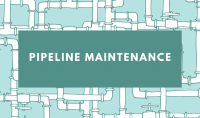 Monitoring oil pipelines: Detecting anomalies in pressure or flow patterns to identify leaks or blockages early on, preventing environmental damage and production losses.
Monitoring oil pipelines: Detecting anomalies in pressure or flow patterns to identify leaks or blockages early on, preventing environmental damage and production losses.
Optimizing factory equipment: Continuously monitoring performance and energy consumption to adjust operating parameters for improved efficiency and reduced costs.
Integration with other technologies: AI-powered predictive maintenance could be seamlessly integrated with other technologies like augmented reality and the Internet of Things (IoT) for even more powerful insights and automation.
Conclusion:
AI is revolutionizing predictive maintenance, moving us away from reactive repairs and towards a proactive, data-driven approach. This shift promises significant benefits for industries across the board, leading to increased efficiency, cost savings, and improved safety. As AI technology continues to advance, the future of predictive maintenance looks even brighter, with machines truly becoming our intelligent partners in ensuring smooth operations and optimal performance.


